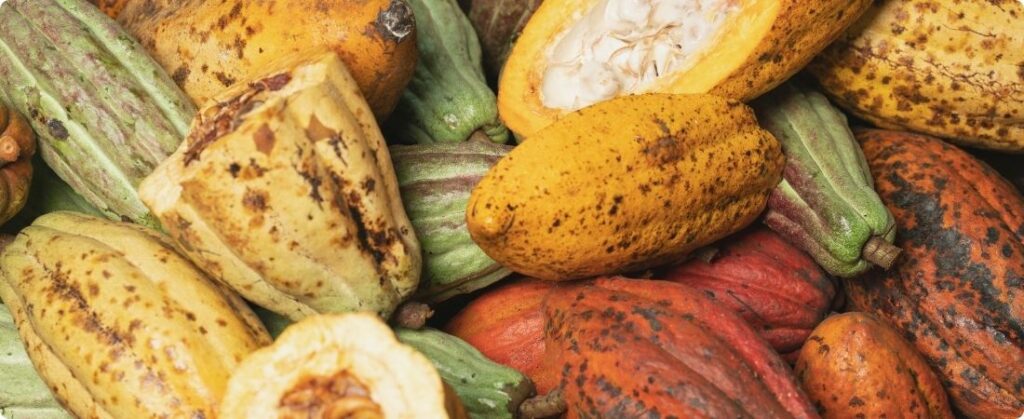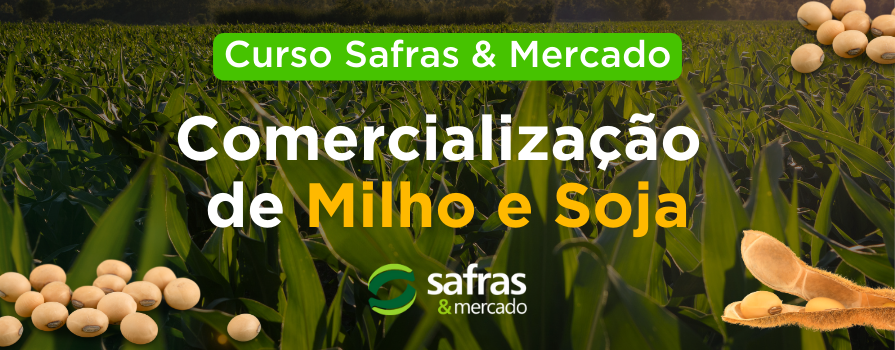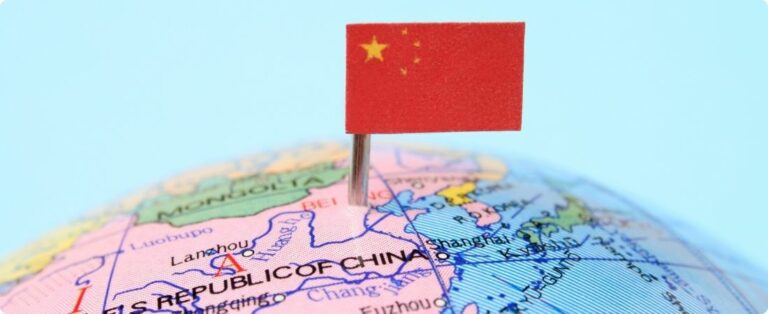
The cocoa harvest in the state of Pará has undergone changes in the calendar harvest due to the climate impacts recorded in the state during the last harvest. The adverse conditions affected approximately 69% of municipalities in the Amazon, marked by severe drought and temperatures that exceeded 39°C, well above the historical average of between 20°C and 36°C.
According to Maria Goretti, Strategic Projects Coordinator at the FAEPA/SENAR System and president of the Cocoa Sector Chamber in Pará, the number of days with temperatures above 38°C has increased significantly. This number has doubled compared to the average recorded over the last decade.
"Harvesting was postponed from March to mid-August. As a result, flowers aborted and pods dropped prematurely due to the extreme heat. Emergency micro-sprinkler irrigation was also necessary," the coordinator reported.
Prospects for the next harvest and phytosanitary risks
Despite the disruption to the agricultural calendar, the expectation is that there will be a gradual return to normal for the 2025/2026 cycle. This should occur due to the end of the El Niño phenomenon. According to Maria Goretti, the government will allocate part of the R$ 12 billion in rural credit to support agricultural development in the Amazon region. This measure will therefore benefit the sector.
In addition to climate impacts, producers face the fear of moniliasis, a quarantine fungal disease already recorded in Acre (2021) and Amazonas (2022 and 2024). This pest, therefore, has the potential to cause losses of 70% to 100%, with losses that could reach up to R$$1.5 billion if it spreads to Pará.
In response, the Pará State Agricultural Defense Agency (ADEPARÁ) has intensified preventive actions, carrying out more than 600 inspections in 61 municipalities throughout 2023. To date, however, technicians have only detected Witch's Broom and Brown Rot — diseases that, like moniliasis, are also fungal and require rigorous management.
Good numbers, despite the challenges
Even in the face of adversity, the 2024/2025 harvest grew 4%, reaching 152 thousand tons, compared to 146 thousand tons in 2023. Pará thus maintains its national leadership, representing 51.8% of cocoa production in Brazil.
The state's average productivity reached 847 kg per hectare, the highest in the world. This result exceeds the national average of 483 kg/ha by 75%. Furthermore, the state planted 8,172 new hectares in 2024, representing an increase of 5.1%. 11.5 million hybrid seeds were also distributed to 5,587 producers in 69 municipalities.
"Pará demonstrates extraordinary resilience. Even in the face of historic climate challenges, it maintains productive growth with integrated public policies that consolidate its global leadership in sustainable cocoa farming," concludes Maria Goretti.
Source: Ericson Cunha | Notícias Agrícolas















